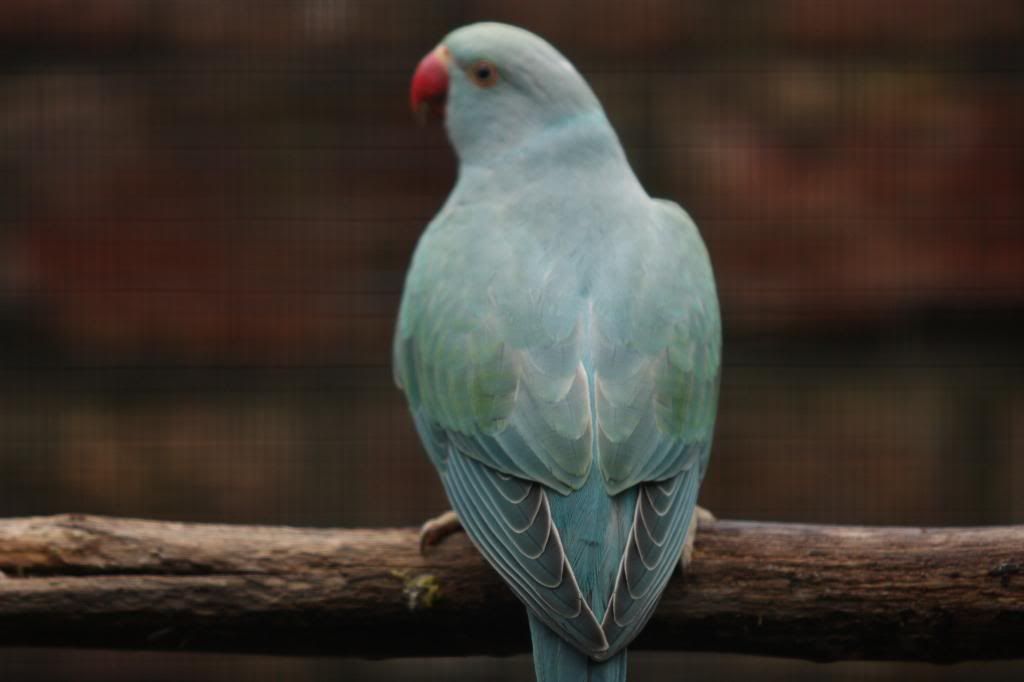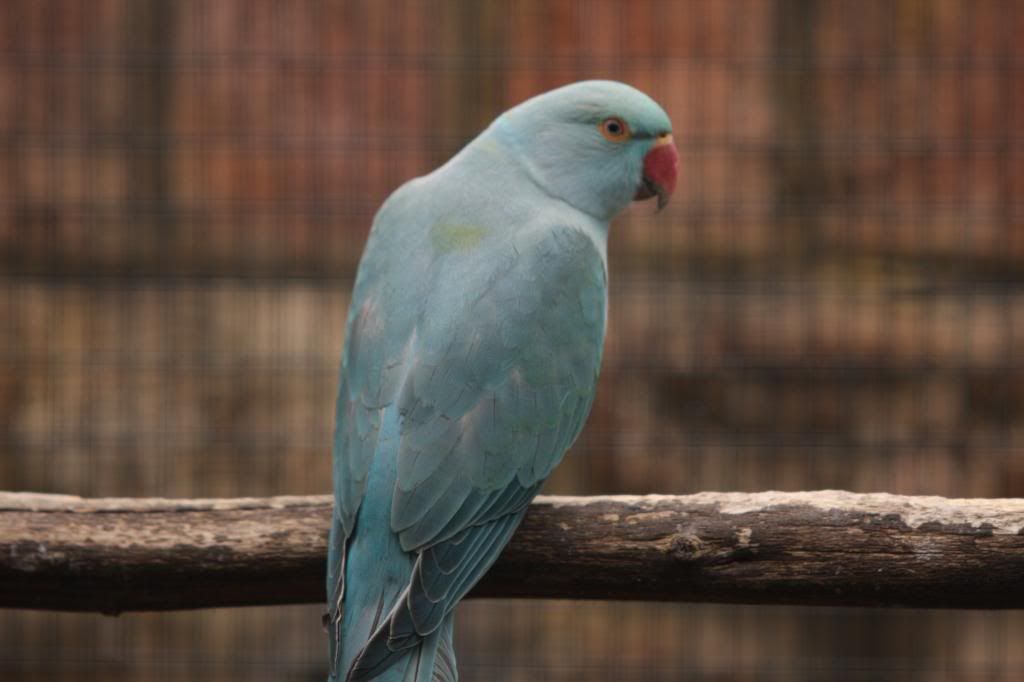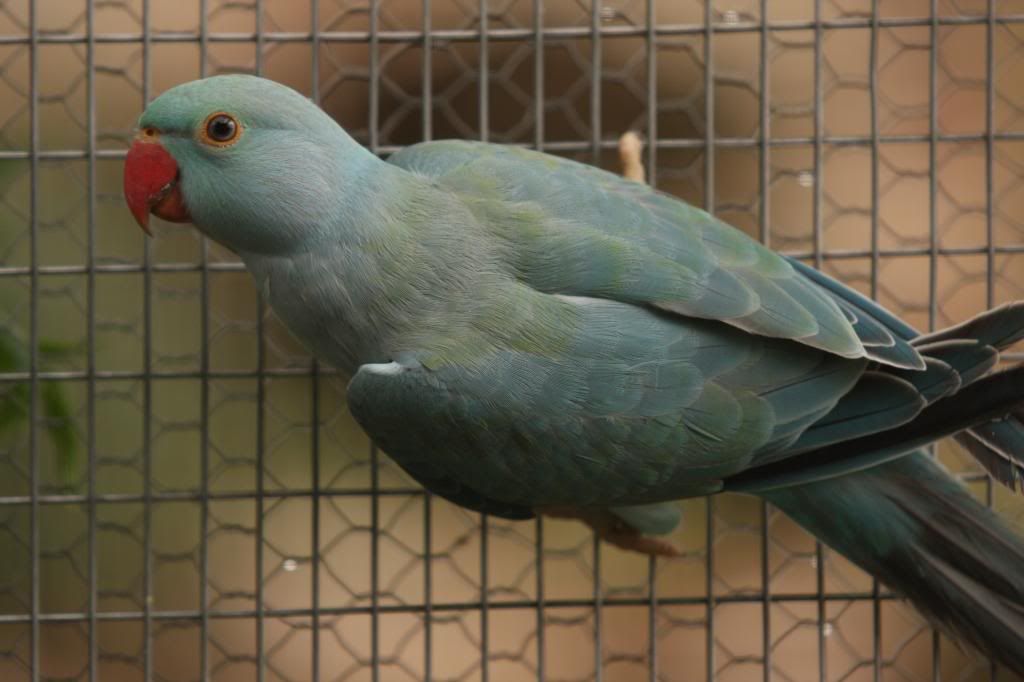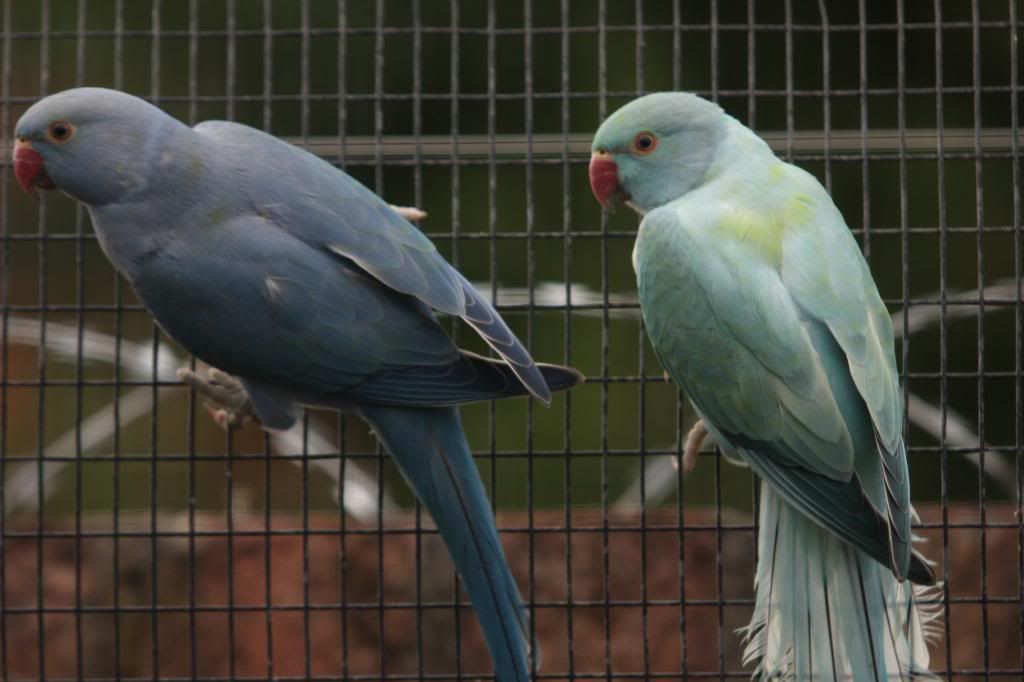See the results of Mr Kippie Herholdt of South Africa's breeding: The bird is a Dominant pied+ SL Edged blue turq cock. The father is Dominant pied blue turq and mother is SL Edged violet. ( no"SADDLE BACK" ) And no Opaline in it.
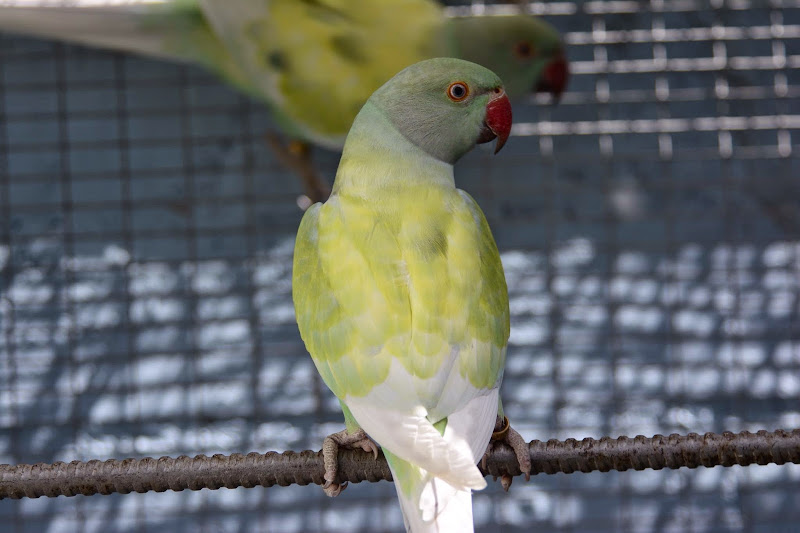
Moderator: Mods

Any Edged or Opaline offspring from that bird?madas wrote:Yesterday i got the info that the frist org. OZ violet saddleback has thrown two "saddletype turq" violet blues. Pic will be provided then i got the permission.
So the statement that the saddlebacks don't breed normal (non-pied) turq birds isn't correct any more.
madas
Until now not. Breeding result is from 2012 and only 5 youngsters. After leaving the nest the two violet blue birds looked like normal violet blues. After first big moult they got there "turq saddle". If i have correctly understood the breeder.Ring0Neck wrote:Any Edged or Opaline offspring from that bird?madas wrote:Yesterday i got the info that the frist org. OZ violet saddleback has thrown two "saddletype turq" violet blues. Pic will be provided then i got the permission.
So the statement that the saddlebacks don't breed normal (non-pied) turq birds isn't correct any more.
madas
Pretty sure i asked this Q last year & answer was no.
Which bird? The mother (is the very first saddleback breed by GB in OZ; parents 1,0 violetgreen /??? x 0,1 dom. pied blue) or the youngsters?Farzz1 wrote:hi
Madas does the bird have turq in it ?
if it does then its pointless because the turq is what complements the saddle
Regards
If so, it makes sense.madas wrote:Until now not. Breeding result is from 2012 and only 5 youngsters. After leaving the nest the two violet blue birds looked like normal violet blues. After first big moult they got there "turq saddle". If i have correctly understood the breeder.Ring0Neck wrote:Any Edged or Opaline offspring from that bird?madas wrote:Yesterday i got the info that the frist org. OZ violet saddleback has thrown two "saddletype turq" violet blues. Pic will be provided then i got the permission.
So the statement that the saddlebacks don't breed normal (non-pied) turq birds isn't correct any more.
madas
Pretty sure i asked this Q last year & answer was no.


The Pieds you have posted pictures of are not all recessive, the progressive pied in the collection that you have posted is a form of dominant piedFarzz1 wrote:Hi
I don’t know the owners of the birds but surly my point across is that these recessive pied possess turquoise and hence the saddle, the first pic is a dominant sl edged recessive pied and the last pic is a grey harlequin all the birds have been bred with turquoise the bigger question is has there been a breeder that has bred a saddle back without turquoise i.e. a blue pied with a concentration of white as a saddle on the back without turquoise?
Regards S
Are you sure? I would define it as a kind of "mottle" pied which then is a multifactorial recessive mutation(-combination) according to MUTAVI.prodigy wrote: the progressive pied in the collection that you have posted is a form of dominant pied
3 males 2 female. Among them 1,1 "parblue" violetblue.Ring0Neck wrote:Thanks Madas & Bob for the info/pics.
Recio, where are you?
Looking at the 3 pieds non of them look the same, all 3 have different amount of yellow/green saddle, do you know the sexes of the offspring?
could it be influenced by the structurals? LtoR
Violet Parblue Pied, Cobalt Parblue Pied, ParBlue Pied
Ben, if I were a betting man, I would bet good money those birds have just past their 3 month (first summer) moult. Even at the 15 month moult, that green saddle starts spreading rapidly. At least that is the case for the normal turquoise parblue.Ring0Neck wrote: If so, it makes sense.
Seldomly breeders would hold back say a normal blue nowadays, but sell it off before the 1st year moult, meaning they sell it off before parblue manifests itself.
As Chris & Bob said "some kind of Parblue", it sure is different as it only manifests much later as Madas is pointing out.
Is it a TurquoiseBlue or is it a Parblue different again
Madas, I agree. The problem is that most breeders don't consider polygenic inheritance, and most books on ringnecks don't cover it. However, the mottled mutation also occurs in Splendid parakeets and lovebirds (I think?), and there one considers the mottled to be polygenic (if you are adventurous), or dominant if you want to keep it simple and straightforward. So dominant isn't so far from the truth, and it is even advised by some authors. Another "interesting" thing is, in SA, many breeders considers any type of pied with a neckring as 'dominant', even when they clearly breed only split pied offspring (i.e. no visual pieds) from such a pied paired to a normal bird. I agree with what you are probably thinking now. It doesn't make sense, but that's the way they describe it.madas wrote:Are you sure? I would define it as a kind of "mottle" pied which then is a multifactorial recessive mutation(-combination) according to MUTAVI.prodigy wrote: the progressive pied in the collection that you have posted is a form of dominant pied
Ben, my hypothesis is that the amount of psittacin is directly controlled by the exact hormone levels present while the bird is moulting. The variation is therefore due to how quickly each individual develops.Ring0Neck wrote:Looking at the 3 pieds non of them look the same, all 3 have different amount of yellow/green saddle, do you know the sexes of the offspring?
could it be influenced by the structurals? LtoR
Violet Parblue Pied, Cobalt Parblue Pied, ParBlue Pied

Johan S wrote:
Regarding the parblues, I don't think they are that rare.
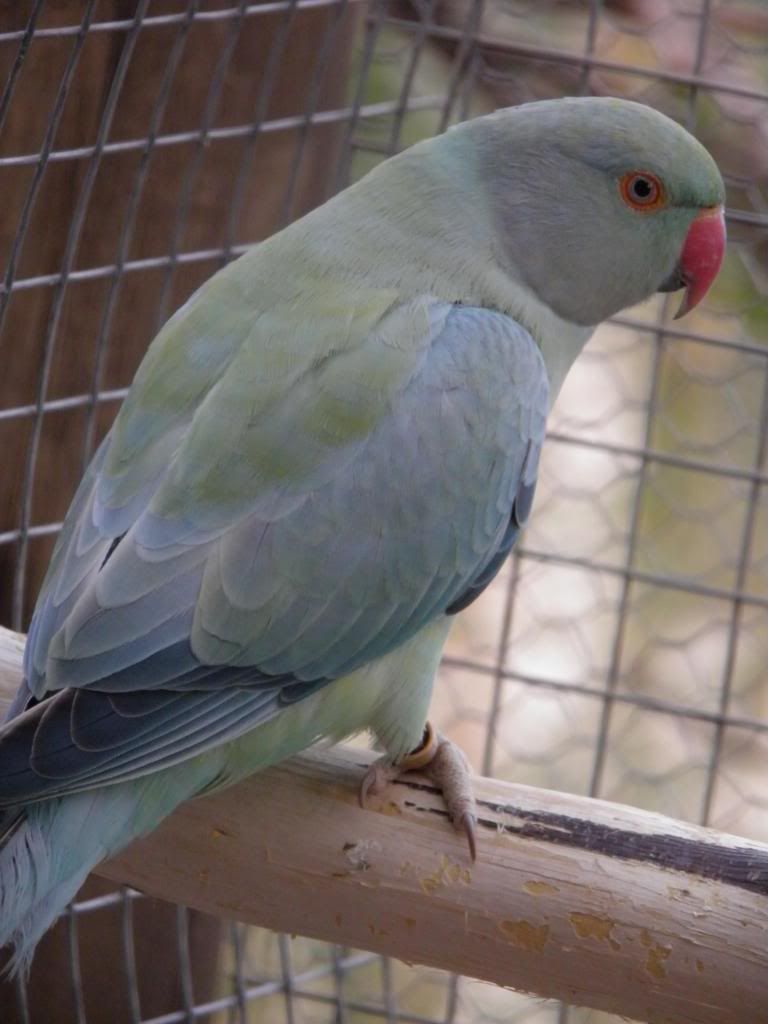
Hi Deon,Deon Smith wrote:Thank you Johan, this is what I was seeking.
What is your observation, in these saddle types, of the presence of parblue coloration while till in the nest, and its evolution further on?
Deon
